Introduction
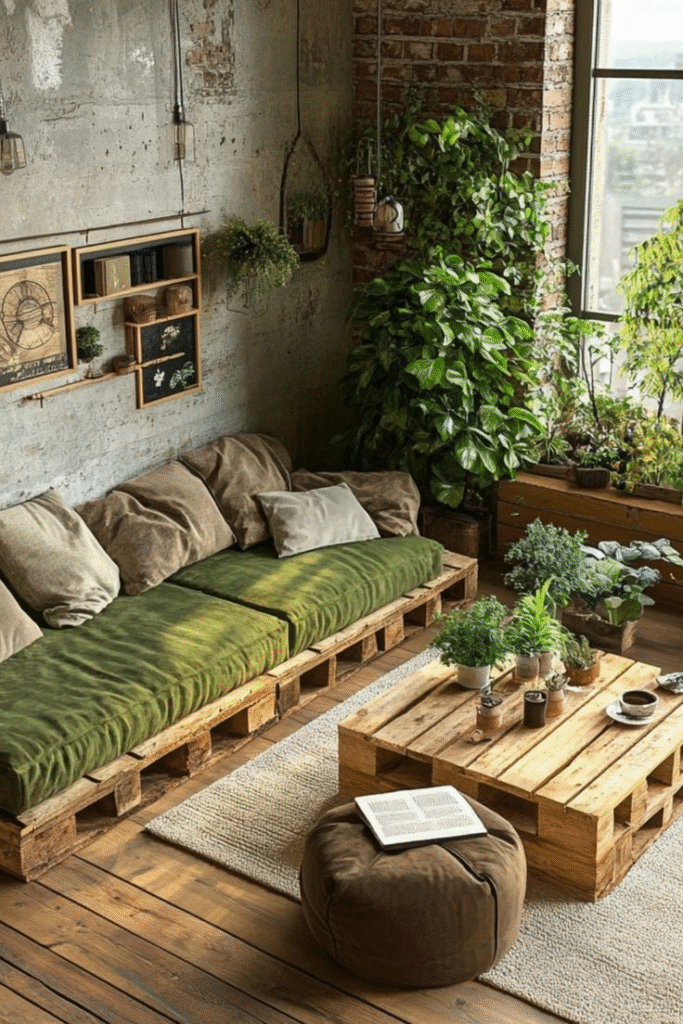
As global concerns about climate change mount and environmental responsibility becomes a necessity, the built environment faces unprecedented challenges and opportunities. Interiors—the spaces where people live, work, and interact intimately—significantly impact both human health and environmental footprints. Quantum-certified eco interiors represent the new frontier in sustainable interior design, combining advanced quantum technologies with stringent environmental certifications.
This innovative paradigm transcends traditional green interiors by utilizing quantum computing, cutting-edge materials, and data-driven optimizations to revolutionize design, certification, and occupant experience. This comprehensive exploration reveals the science, certification frameworks, technological foundations, benefits, challenges, and future prospects of quantum-certified eco interiors. Architects, interior designers, developers, and sustainability advocates can find actionable insights here to pioneer regenerative, healthful interiors.
The Evolution of Eco Interiors
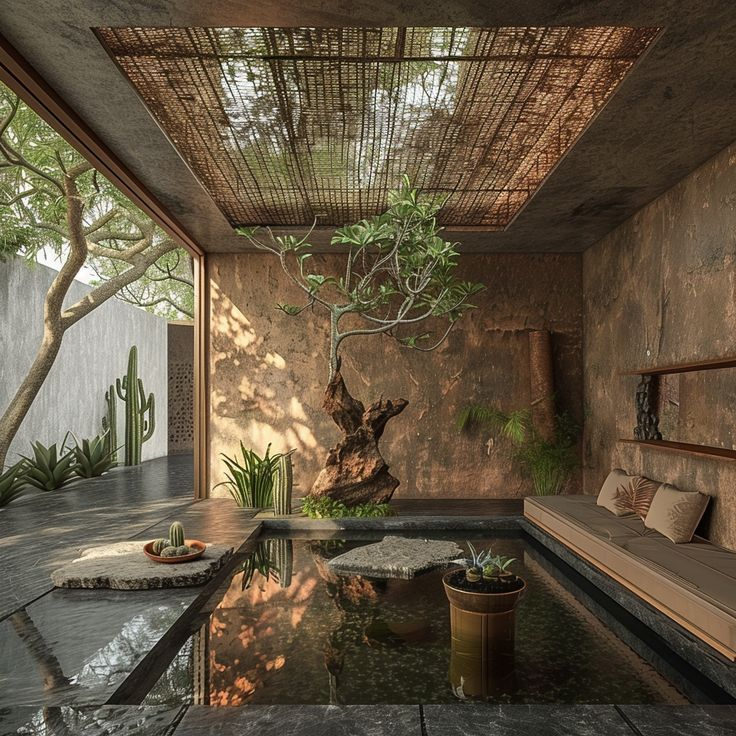
Sustainable interior design has evolved from niche experimental approaches to mainstream practice driven by ecological urgency and occupant health awareness. Early efforts focused on isolating eco-friendly materials and reducing harmful emissions. Today, comprehensive strategies address energy efficiency, chemical safety, circular resource flows, water conservation, and occupant well-being.
Certification programs such as LEED (Leadership in Energy and Environmental Design), WELL Building Standard, IGBC Green Interiors, and BREEAM establish rigorous standards assuring material transparency, performance, and indoor environmental quality. However, escalating complexity in data and sustainability demands now challenge conventional modeling and verification methods.
Quantum technologies enter this space as game-changers, offering powerful computational and sensing capabilities to push eco interiors beyond existing limits.
Quantum Technologies as Enablers of Sustainable Interiors
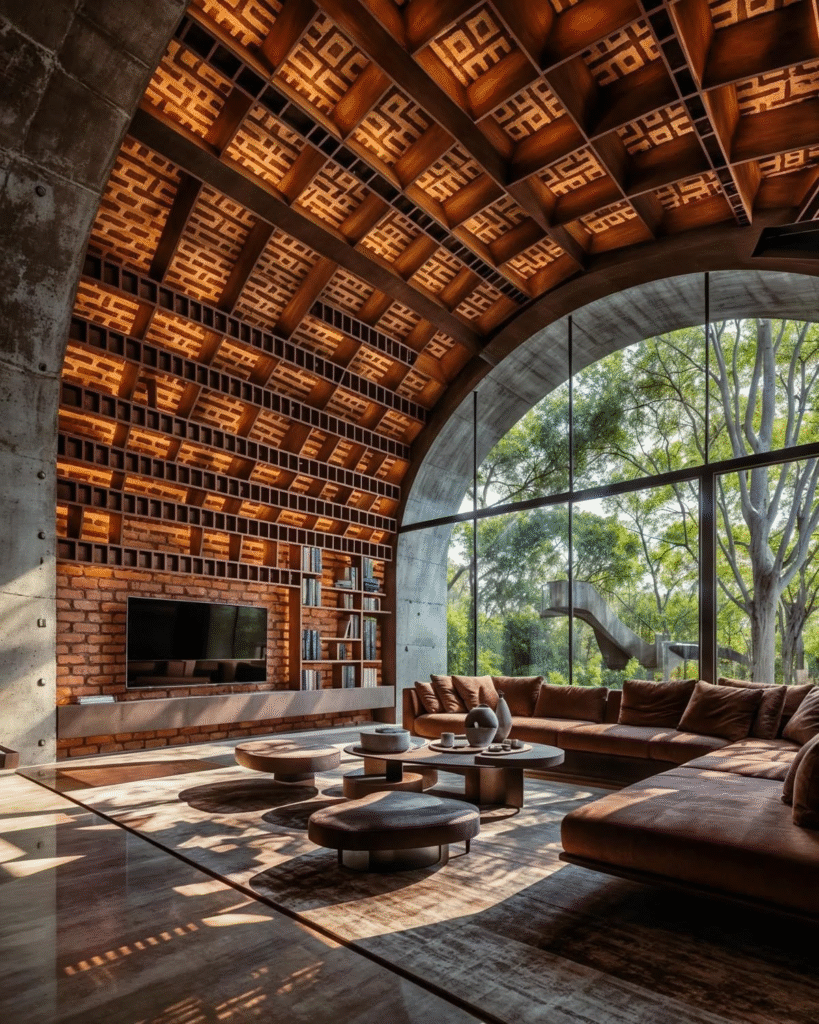
Quantum technology leverages phenomena like superposition, entanglement, and quantum coherence to perform operations at speeds and scales impossible for classical computers. Key quantum capabilities applicable to interiors include:
- Quantum-enhanced materials discovery: By simulating molecular and atomic structures, quantum computing accelerates the identification and design of novel sustainable composites, paints, and finishes with optimized durability, low toxicity, and minimal carbon footprints.
- Quantum optimization algorithms: Complex modeling of energy flows, daylighting, ventilation, and thermal comfort in interiors becomes efficient and accurate, facilitating real-time scenario evaluation and design iteration.
- Quantum sensing and monitoring: Ultra-sensitive quantum sensors detect indoor air pollutants, volatile organic compounds (VOCs), particulate matter, and environmental parameters with unprecedented precision.
Together, these allow precise tailoring and continuous verification of interior environments, enhancing resilience and occupant health while respecting planetary boundaries.
Certification Frameworks Supporting Quantum-Certified Eco Interiors
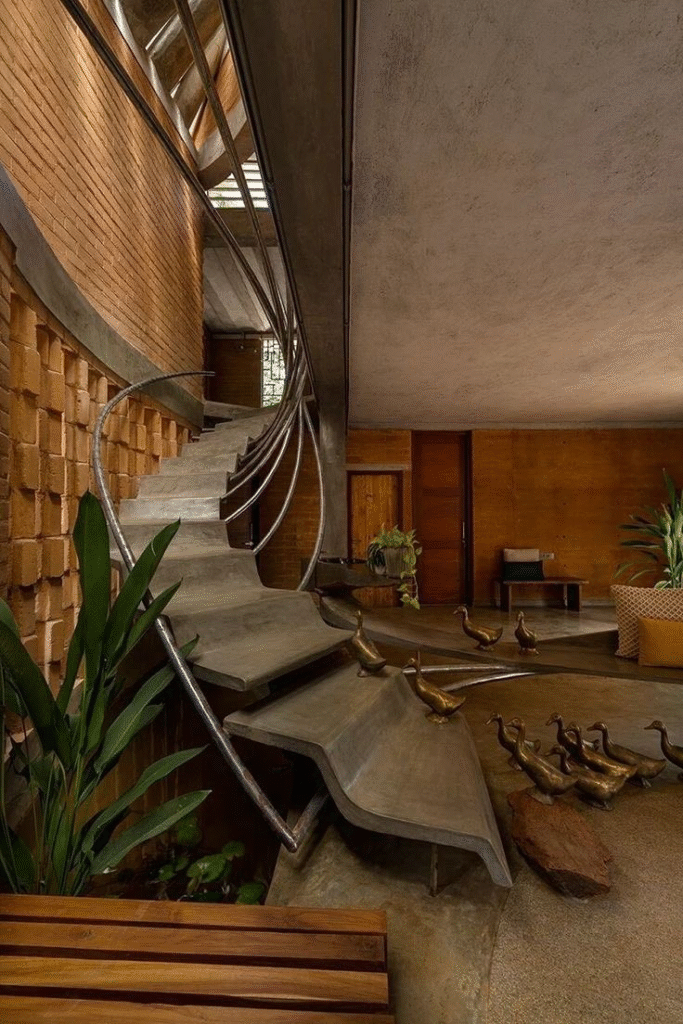
Several well-established certification programs provide foundations upon which quantum-certified eco interiors build:
- LEED: Widely recognized, LEED includes credits for low-emitting materials, energy performance, water efficiency, and indoor air quality applicable to interiors.
- WELL Building Standard: Focuses on occupant health and comfort, evaluating air, water, lighting, materials, acoustics, and mental well-being.
- IGBC Green Interiors: Dedicated to interior environments, IGBC addresses materials, energy, and waste management comprehensively.
- BREEAM Interiors: A European framework emphasizing environmental impacts, indoor environment, and occupant needs.
Quantum-certified eco interiors propose augmenting these certifications with:
- Quantum-driven verification and simulations replacing approximations.
- Continuous quantum-based sensing integrated into smart buildings enabling real-time performance validation.
- Data provenance and certification transparency secured by blockchain-enabled quantum cryptography.
Such next-gen certification raises the bar for scientific rigor and authenticity in sustainable interiors.
Quantum Algorithms Optimizing Sustainable Interior Design
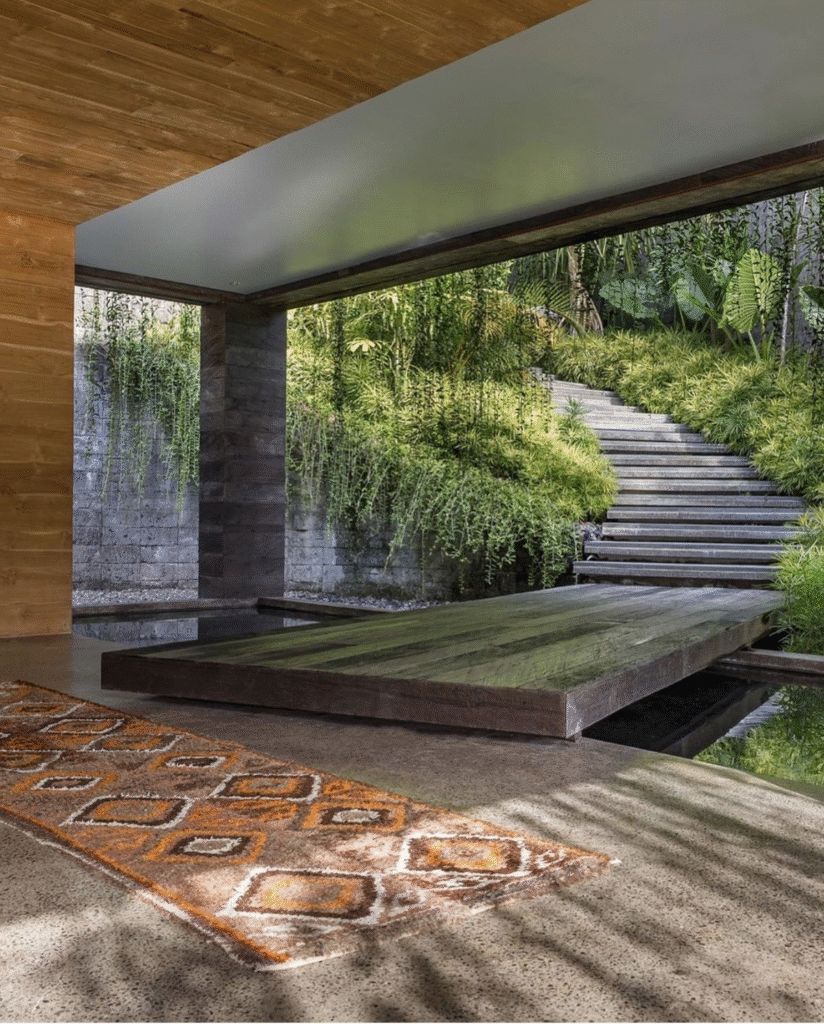
Traditional sustainability assessments rely heavily on finite element modeling, lifecycle analyses, and heuristic approaches, often limited by computational capacity and data complexity. Quantum algorithms unlock new potentials such as:
- Exploring immense permutations of design variables (materials, lighting, mechanical systems) to identify globally optimal sustainability solutions under multiple constraints.
- Simulating multi-scale pollutant dispersion and airflows within complex geometry with granular accuracy.
- Performing multi-objective optimization balancing cost, embodied carbon, energy use, indoor air quality, and occupant comfort.
- Enabling adaptive, responsive interiors via integration with smart furniture and materials that dynamically modulate based on usage and environment.
This computational leap facilitates evidence-based design with predictable, measurable benefits.
Case Studies and Industry Applications
Prominent examples highlight the transformative role of quantum innovations in sustainable interiors:
- Molie Quantum Energy Corporation’s Facility: Achieved LEED Gold certification by applying quantum-assisted models to HVAC and lighting systems, substantially lowering operational energy while enhancing occupant ergonomics.
- Global Brand Integrations: Several multinational firms deploy quantum simulations for vetting interior materials to certify low VOC emissions, recycled content, and lifecycle carbon, ensuring compliance beyond superficial audits.
Emerging technologies converge with smart IoT sensing networks to create ever-adapting, health-preserving spaces where interiors evolve in response to occupants and environmental stimuli.
Benefits of Quantum-Certified Eco Interiors
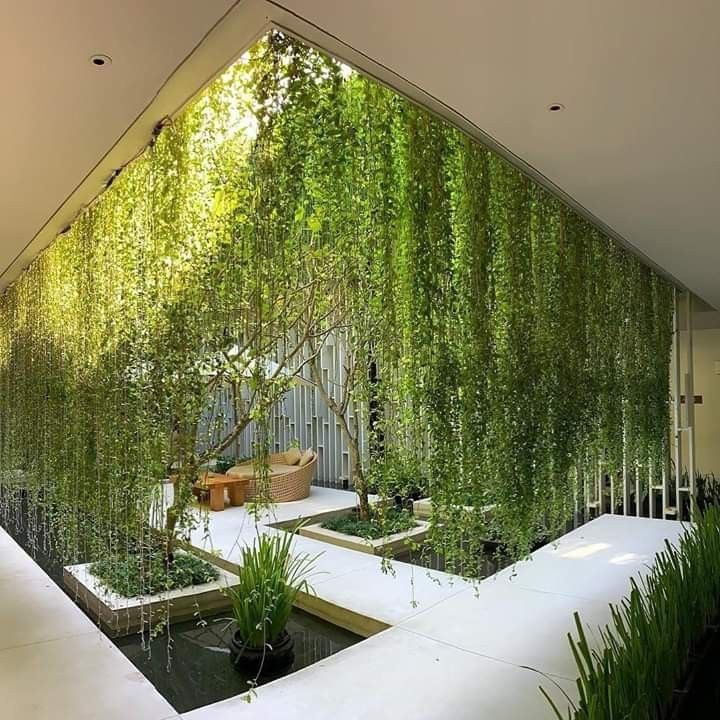
- Unmatched Precision: Quantum-accelerated modeling enables finely tuned performance outcomes, where energy efficiency, carbon footprint, and occupant well-being metrics are optimized simultaneously.
- Health and Comfort Innovations: Quantum sensing ensures indoor environments are optimized not just for emissions but for occupant physiological responses—maximizing productivity, reducing allergens, and enhancing mood.
- Circular and Regenerative Design: Quantum validations integrate with circular economy principles facilitating reuse, recycling, and waste reduction in material chains.
- Competitive Market Differentiation: Certification incorporating quantum data and validation signals cutting-edge sustainability to discerning clients, enhancing value and market positioning.
Challenges and Considerations
- Technological Maturity: Quantum hardware and algorithms remain rapidly evolving, with commercial-scale solutions in early adoption phases.
- Certification Integration: Conventional rating systems need to evolve acceptance criteria and methodologies to incorporate quantum-augmented data and insights.
- Financial Investment: Initial costs for quantum-empowered design and certification can be higher, requiring clear return on investment analyses.
- Stakeholder Education: Designers, clients, and occupants must understand quantum concepts adequately for adoption, requiring industry-wide education initiatives.
Future Directions
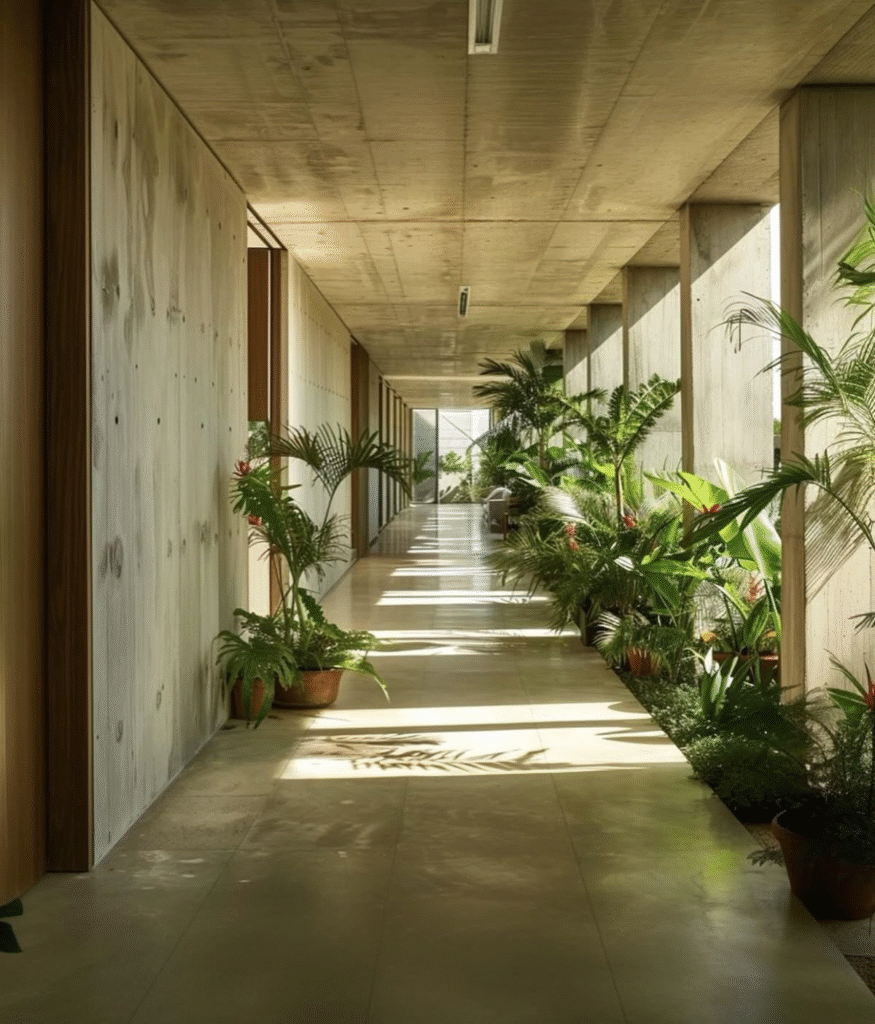
The trajectory of quantum-certified eco interiors points toward:
- Hybrid quantum-classical design tools, blending traditional CAD with quantum-based optimization modules.
- Distributed quantum sensor networks in smart building environments for continuous indoor air and material health monitoring.
- Standardization of quantum certification elements through collaborations among quantum scientists, architects, and certifying bodies.
- Interdisciplinary education and research fostering skills at the intersection of quantum computing, materials science, and sustainable design.
These developments will integrate to form a robust ecosystem accelerating the mainstreaming of quantum-certified interiors.
Conclusion
Quantum-certified eco interiors mark a pivotal evolution in sustainable design—melding scientific precision, cutting-edge technology, and holistic wellbeing to nurture environments that are both beautiful and regenerative. As the urgency for climate-forward architecture intensifies, leveraging quantum technologies in interiors provides a scalable path to smarter, healthier, and more resilient spaces.
Designers and developers who embrace this transformative wave will pioneer the future of interiors where certification transcends compliance to embody continuous performance, adaptability, and occupant empowerment.
For nuanced consultancy and strategic partnerships in quantum-certified eco interior design, please contact:
Mishul Gupta
Email: contact@mishulgupta.com
Phone: +91 94675 99688
Website: www.mishulgupta.com
